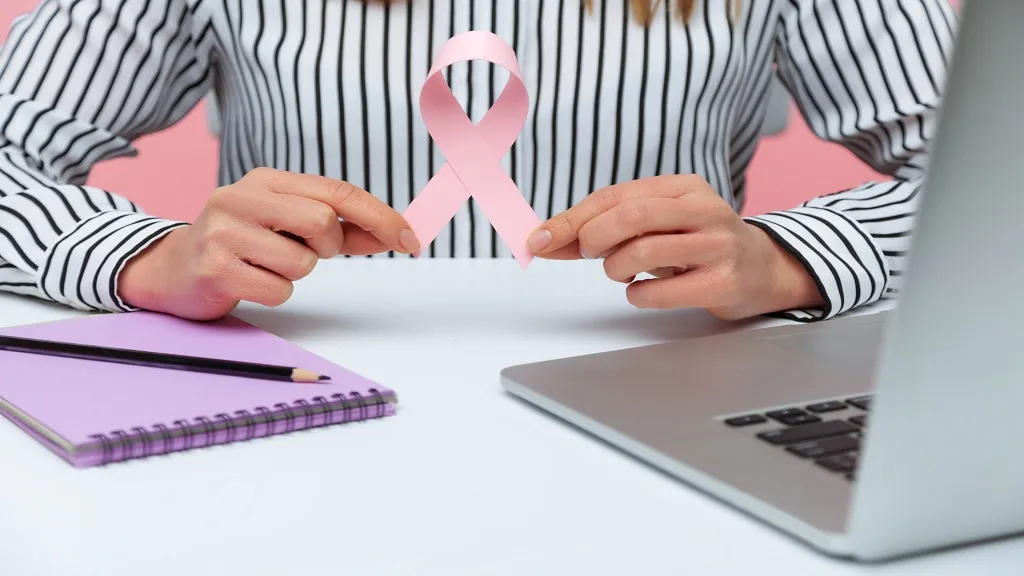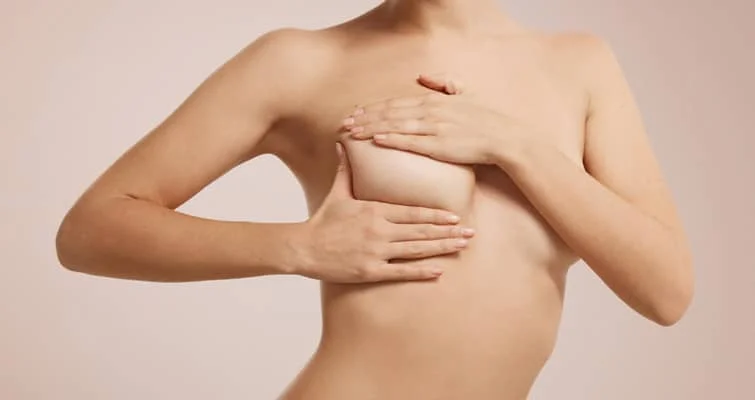Breast cancer refers to the cancer forming in breast cells. Breast cancer can occur in both men and women, but it's far more common in women. Mastectomy is breast cancer surgery that removes the entire breast. One might undergo mastectomy if their cancer cannot be treated with lumpectomy, or if they are at high risk of getting a second breast cancer (which usually chooses double mastectomy).
What is breast cancer?
Breast cancer happens when cells in your breast grow and divide in an uncontrolled way, creating a mass of tissue called a tumor. As with any type of cancer breast cancer can invade and grow into the tissue surrounding the breast as well as traveling to other parts of the body, forming new tumors. The most common kinds of breast cancer include:
Invasive ductal carcinoma: The cancer cells begin in the ducts and then grow outside the ducts into other parts of the breast tissue. Invasive cancer cells can also spread, or metastasize, to other parts of the body.
Invasive lobular carcinoma: Cancer cells begin in the lobules and then spread from the lobules to the breast tissues that are close by. These invasive cancer cells can also spread to other parts of the body.

Breast cancer signs & symptoms
Change in the size, shape, or contour of your breast.
Mass or lump, which may feel as small as a pea.
Lump or thickening in or near your breast or in your underarm that persists through your menstrual cycle.
Change in the look or feel of the skin on your breast or nipple (dimpled, puckered, scaly, or inflamed).
Redness of your skin on your breast or nipple.
An area that’s distinctly different from any other area on either breast.
A marble-like hardened area under your skin.
A blood-stained or clear fluid discharge from your nipple.
Some people don’t notice any signs of breast cancer at all. That’s why routine mammograms are so important.
How is breast cancer treated?
Breast cancer treatment options include surgery, chemotherapy, radiation therapy, hormone therapy, immunotherapy, and targeted drug therapy. Depending on the location and size of the tumor, and whether the cancer has spread or not, your surgeon will determine which treatment option is right for you.

Mastectomy for breast cancer treatment
A mastectomy may be a treatment option for many types of breast cancer, including:
Ductal carcinoma in situ (DCIS), or noninvasive breast cancer
Stages I and II (early-stage) breast cancer
Stage III (locally advanced) breast cancer (after chemotherapy)
Inflammatory breast cancer (after chemotherapy)
Paget's disease of the breast
Locally recurrent breast cancer
Types of mastectomy procedures
Total mastectomy (simple mastectomy): During this all breast tissue is removed but your pectoral muscles are left beneath.
Double mastectomy (bilateral mastectomy): During this, a total mastectomy of both breasts is done. You may have a double mastectomy if you have cancer in both breasts or if you have a high risk of cancer occurring in both breasts.
Skin-sparing mastectomy or nipple-sparing mastectomy: This surgery will remove the breast tissue but spare the skin and/or nipple to use when reconstructing your breast.
Mastectomy with breast reconstruction:Depending on your condition and treatment plan, you may be able to have breast reconstruction surgery at the same time as your mastectomy.
Modified radical mastectomy: A modified radical mastectomy removes all of your breast tissue and also your underarm lymph nodes on the same side.
Radical mastectomy: A radical mastectomy removes all of your breast tissue, underarm lymph nodes, and your pectoral muscles underneath.

What are the risks of a mastectomy?
Short-term (temporary) breast swelling
Breast soreness
Hardness due to scar tissue that can form at the site of the cut (incision)
Wound infection or bleeding
Swelling (lymphedema) of the arm, if lymph nodes were removed
Pain in the breast that has been removed (phantom breast pain). This may be helped with medicines, exercise, or massage.
Breast reconstruction and breast prostheses
Breast reconstruction involves surgery to create a breast shape using an implant or skin, fat, and muscles from another part of the body. Not all women have reconstructive surgery after a mastectomy. Some rather wear a breast prosthesis which can be attached to the skin or inserted into clothing such as a bra or swimwear.
Conclusion
In conclusion, breast cancer is a significant health concern, and mastectomy is often a necessary treatment approach for many patients. However, the decision between breast-conserving surgery (BCS) and mastectomy is complex and should be made after careful consideration. It's important to note that some residual breast tissue can remain after mastectomy, which can still be susceptible to future malignancies. Therefore, regular follow-ups and screenings are crucial for early detection and treatment of any potential recurrence. Ultimately, the choice between BCS and mastectomy should be a shared decision between the patient and their healthcare team, taking into account the individual's specific circumstances and preferences.
Read more: